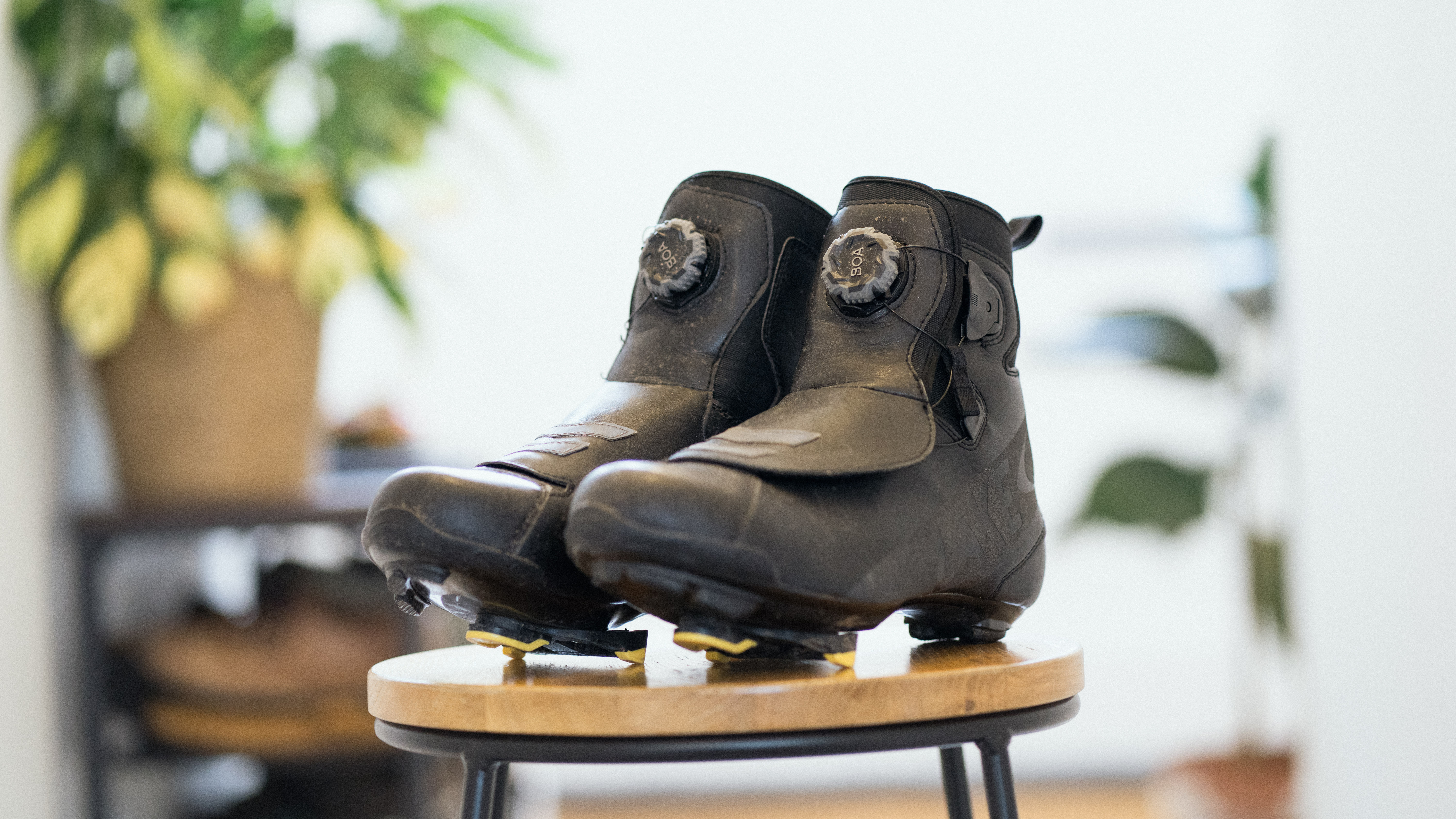
Price: $280/£230
Weight: 980g w/ cleats (size 45)
Sizes: 36-50 (regular) 39-50 (wide)
Colours: Black
While many of you may slow down over winter, or at least retreat indoors to grind out hour after hour on the indoor trainer, we don’t necessarily have that luxury here at Cyclingnews. Winter means winter testing, and in the last few weeks, the UK has been in the grip of a deep freeze. Perfect conditions, then, for testing out some of the best winter cycling shoes.
Over the last month or so I’ve been rolling out in a set of Lake CX146 winter shoes. As someone with wide feet, I often find it tricky to find dedicated winter shoes that actually fit me properly, but here I’ve found a happy companion. I didn't even need the 'wide' version, with the regular being wonderfully roomy.
The Lake CX146 is the warmest road shoe the brand makes, though it is far from the deepest winter offering in the brand’s range, as it has several extremely chunky options designed, one imagines, for arctic fat biking.
Luckily Bristol, UK, doesn’t get down below zero terribly often, but I have been out riding in as low as -6ºC/21ºF, which is actually colder than I’d normally ride in due to the increased risk of ice. Still, the shoes weren’t going to test themselves…
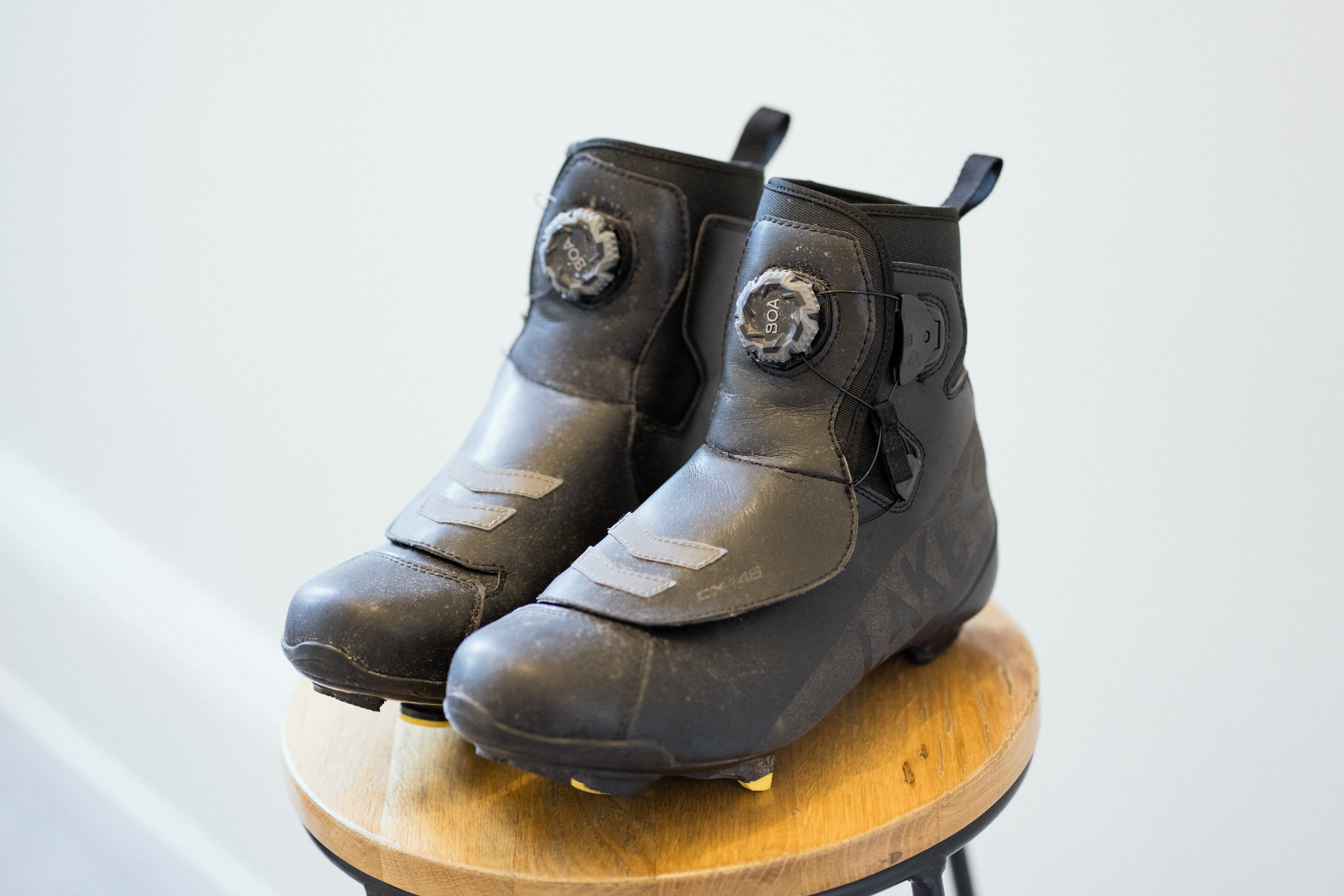
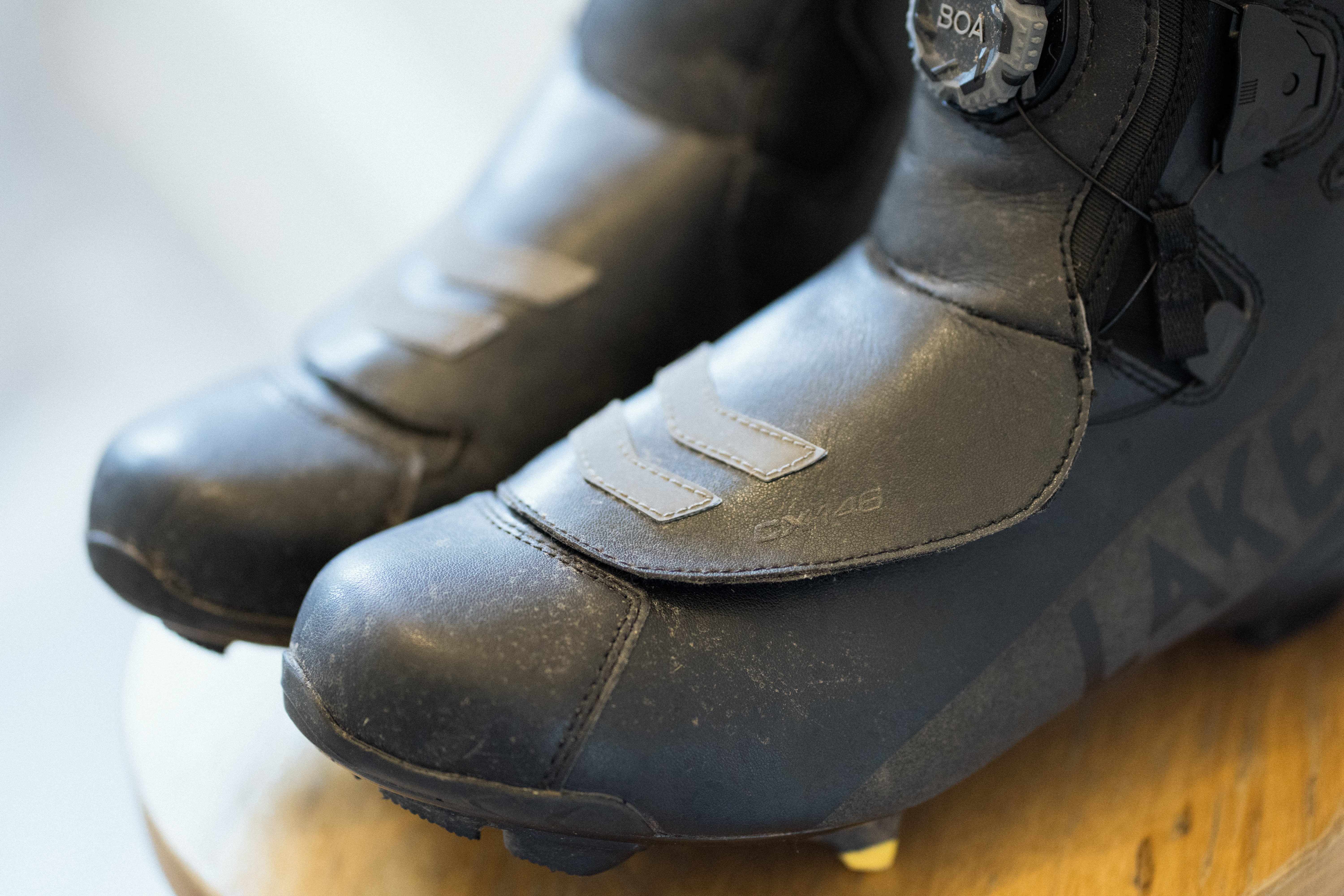
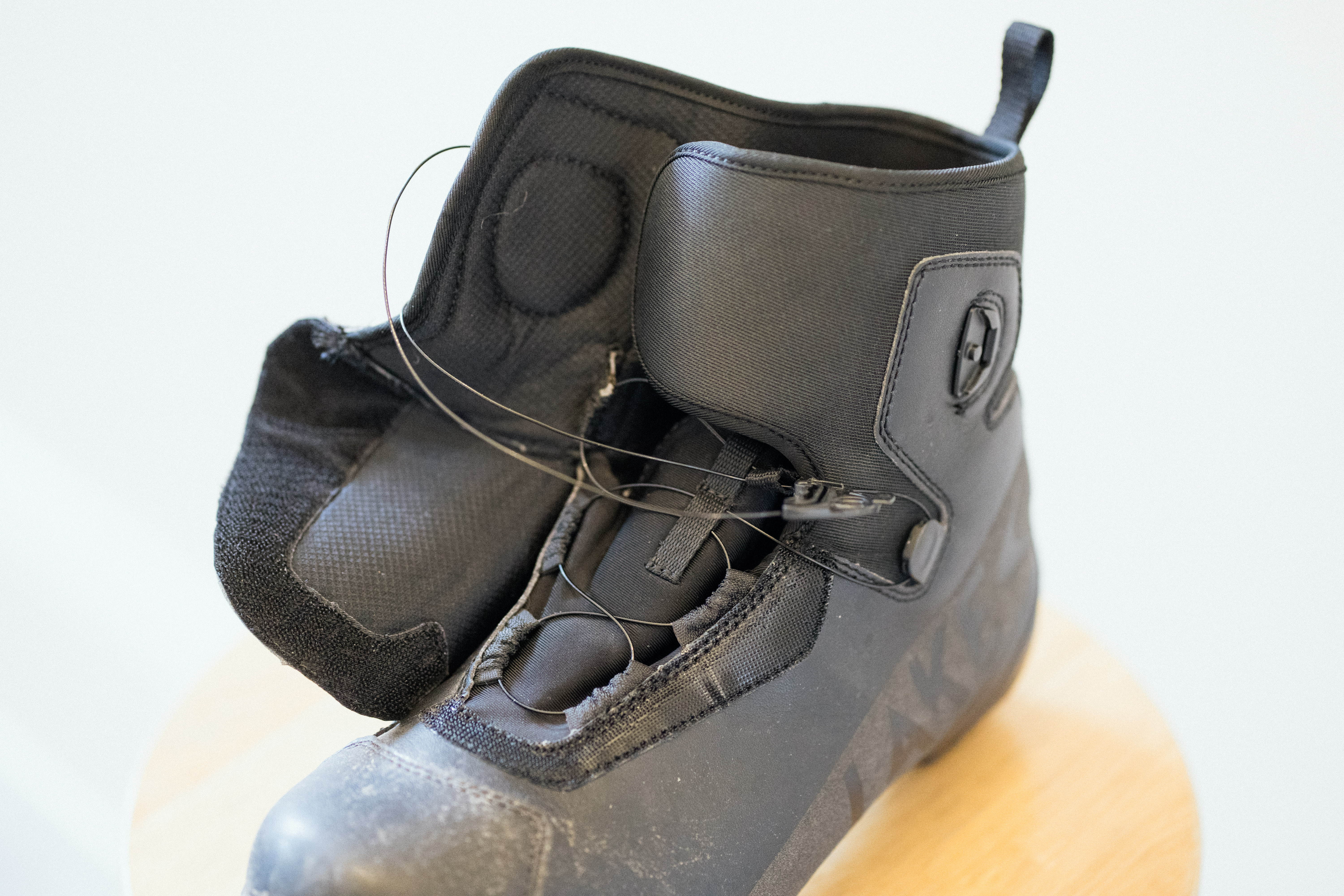
Design and Aesthetics
My colleague Tom has done a stand up job of testing a great many winter cycling shoes, and most have a more cumbersome aesthetic than their summer counterparts. The Lake CX146 I am afraid to say are no different, but when it's bitterly cold and you’re still getting the miles in does anyone care what your feet look like? The slightly chunky visual package isn’t helped by my wide feet, and is a symptom of most of the best cycling shoes for wide feet, but that aside I think Lake has done a decent job of creating a heavily insulated shoe that doesn’t resemble an elephant’s foot.
To begin with the fit: If you’ve worn Lake shoes in the past then the fit will be familiar, and they are much the same as the CX333. I took Lake’s advice and went a size up, so as to allow room for the thicker winter socks. Normally I don’t recommend super thick socks for winter riding, as compression of the foot can kill any thermal gains by cutting off circulation, but with the extra room even the thickest socks from my guide to the best winter cycling socks were easily accommodated. The CX146 does come with a felt insole to further insulate the foot from the cold, but I am wedded to my arch support, so they got swapped out immediately - I do however have no doubt they’d make them even warmer than I experienced.
The sole is an injected nylon affair, and so isn’t as stiff as a carbon option, but it’s a winter boot and so not designed for chasing KOMs. It has no vents, which is eminently sensible, and only accepts 3-bolt cleats, though the Lake MX146 is effectively the same shoe, but with a lugged sole and made for 2-bolt cleats. It’s stiff enough for a winter cycling shoe, but especially with the extra room, it did occasionally feel on the sloppy side.
The uppers look like leather, which is often a hallmark of Lake shoes, but a constant barrage of salt and water from the road would degrade leather very fast indeed. So instead, the uppers are a tough microfibre, with a softshell ankle, insulated within by Thinsulate synthetic insulation. Lake rates the CX146 down to -4ºC/25ºF.
The Closure mechanism is taken care of by a single, enormous, and heavily textured BOA M4 dial. The M4 is a far more rugged version of the BOA dials we normally see on cycling shoes, and is more often found on things like chainsaw boots and combat footwear. Suffice it to say I found it sufficiently tough for (checks notes) riding a bicycle. Joking aside, the large dial is significantly easier to operate in thick winter gloves than the more low-profile options. For such a big boot there’s a lot of cord for one dial to work with, and in order to get the fit right you have to pop your foot in, pull a tab on the cord to tighten the forefoot, then take up the slack with the BOA, before allowing it to tighten the ankle. All the lacing is then covered by a Velcro-backed flap to keep the spray out.
The CX146 is nominally water resistant, but as I’m sure my colleague Tom will also attest from his comprehensive testing of the best cycling overshoes, preventing water ingress is usually better taken care of by overshoes. As I’ll go into in a second, these are a winter cycling shoe, not a wet weather shoe.
At 980g for the pair (with cleats installed), they aren’t going to win any weight weenie titles, but let’s be real here, did you expect them to? Making something warm needs more material, which weighs more.
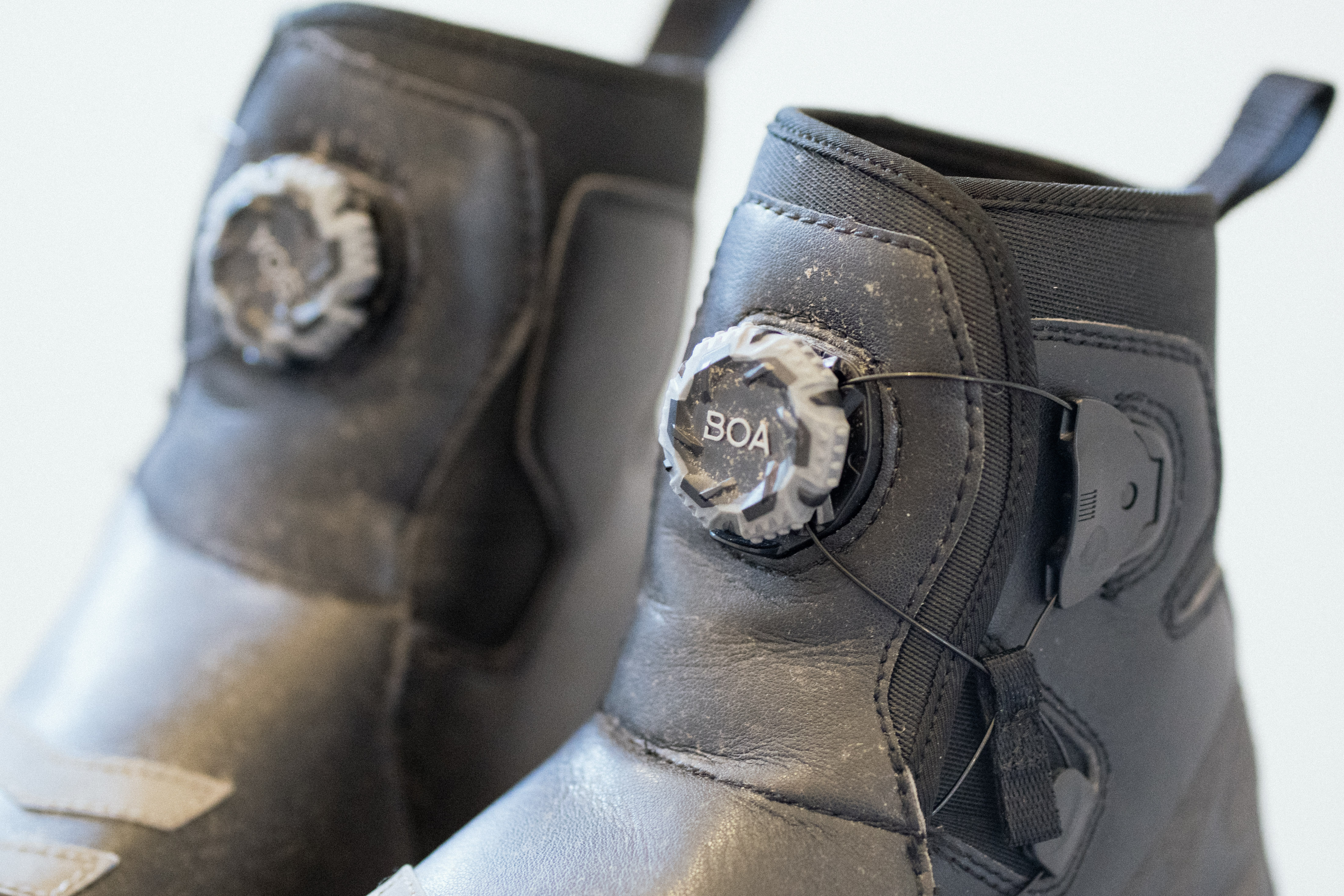
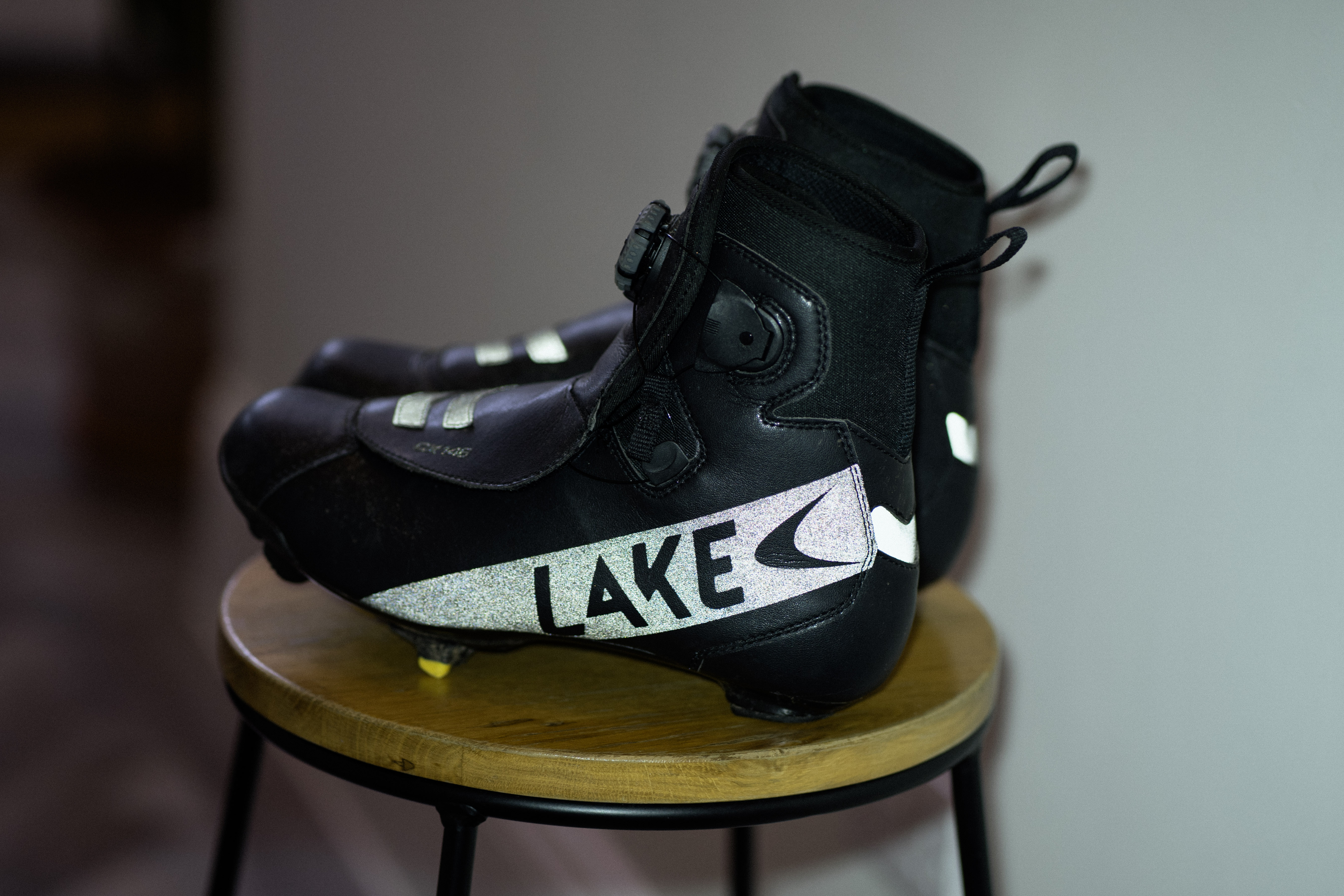
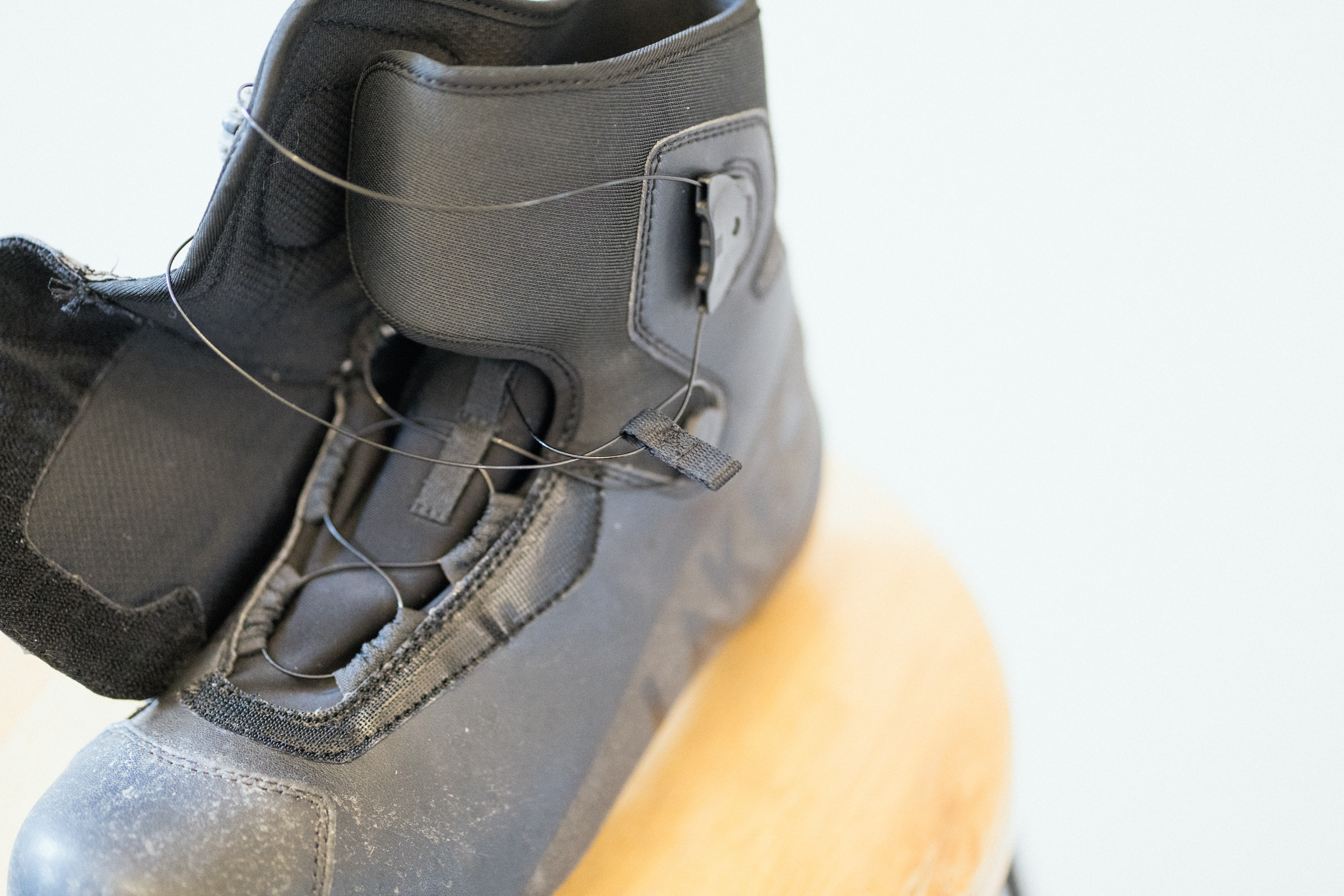
Performance
I’ll start by saying that I think I’d have got more use out of the Lake CX146 if I’d have stuck to my usual shoe size. I do get the idea behind suggesting a size up, and it does allow for thicker socks, but it meant that I only reached for them when it was really cold. Using them in times where the temperature was in the high single digits I actually found them too hot with the warm socks on, but with thinner socks they then felt rather floppy and cumbersome. My suggestion is to stick to your normal size and invest in some really good, thin winter cycling socks. Neoprene if it’s very cold, alpaca or merino otherwise.
The other issue with going a size up was the cleat placement. Lake shoes generally (this is the third pair I have tested) don’t have cleat holes drilled all that far back and I end up setting the cleats as far back as I can, and still would like more movement. Going up a size slightly exacerbates this issue. Again, I suggest you stick to your chosen size.
Sizing issues aside you will be pleased to hear these are a very warm pair of cycling shoes. In low single figures, I was never troubled by the cold, even without the felt insoles, and only began to get slightly numb toes when the temperatures got to around -2. With the proper insoles, I fully expect Lakes temperature assessments to be spot on, but even when riding at high intensity in temperatures as low as -6ºC things were perfectly bearable.
One thing that I also was glad of was more than a passing nod given to increased reflectivity. The tongue, heel, and outstep all have large reflective patches which will increase visibility, which is always helpful on cold, dark country lanes after hours.
I did use them in the spray, on a particularly miserable ride at around 2 degrees with no mudguards and plenty of standing water. My feet didn’t get wet, but the velcro tongue flap does leave room for water to seep in and the ankle doesn’t seal overly tightly, and it is constructed from absorbent material. If it’s wet, go for a decent set of overshoes instead.
While they were warm, marvellously so in properly cold conditions, I did find the tongue pressed a little uncomfortably right at the base of my leg where leg becomes foot. I think the issue here lies in sizing up - as I had to tighten the BOA more than I would with a smaller size to take up the additional space, that part of my foot became the pinch point. While I didn’t test a smaller size I am relatively confident that the pressure would be more evenly distributed there.
The sole does have a bit of flex, that’s to be expected with a Nylon sole and not something I’m going to mark them down for. If anything it’s slightly more in keeping with the vibe of the shoe - big, chilly winter miles are about staying comfortable, not trying to have the stiffest setup possible for what in all likelihood isn’t any tangible gain.
One final thing is the width. If you have wide feet as I do then this is likely your only realistic option. I can’t think of another dedicated winter shoe that is properly wide. It’s often frustrating to be hamstrung by a lack of options, but in general, these performed excellently so don’t be too disheartened if you naturally steer here, you won’t be disappointed.
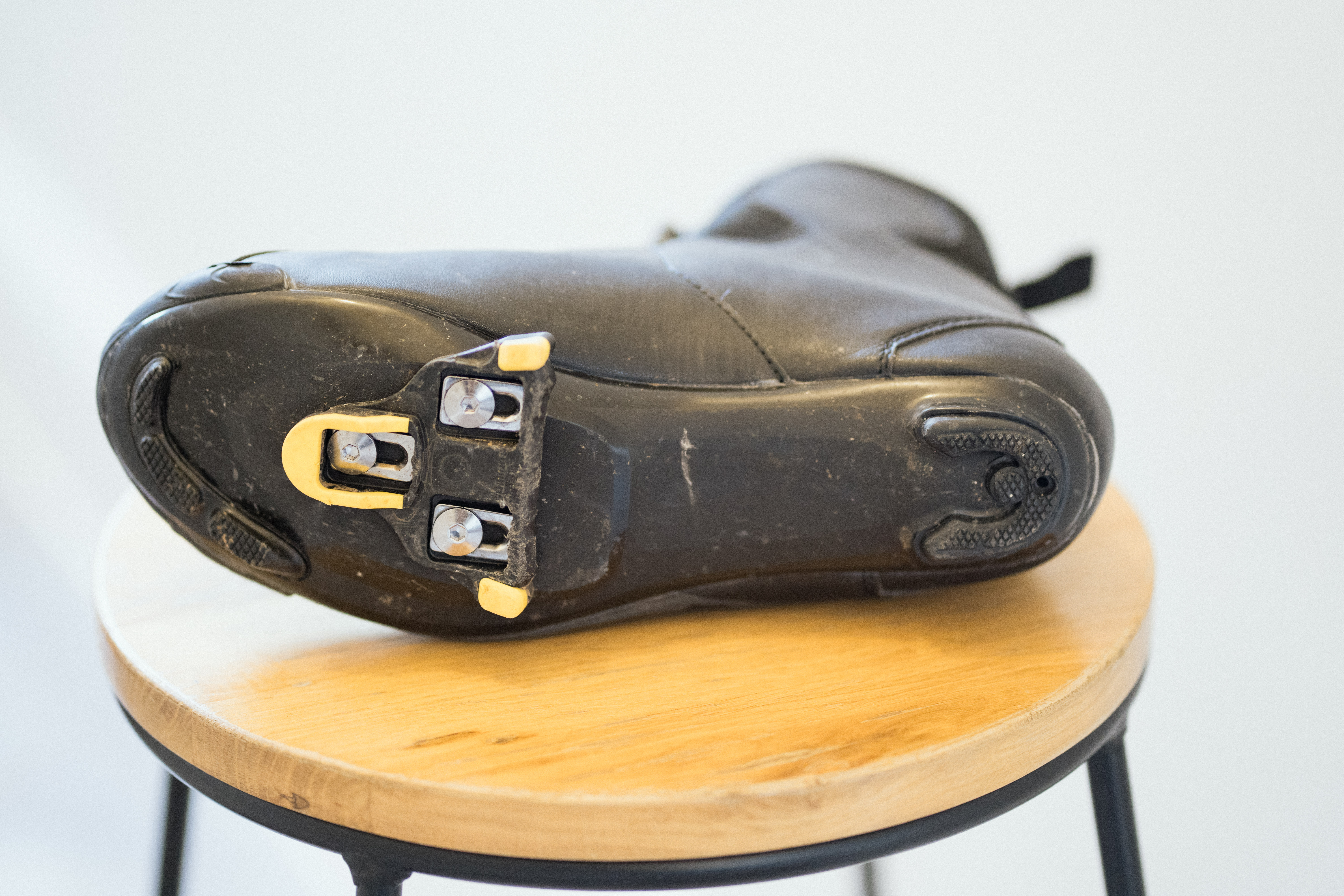
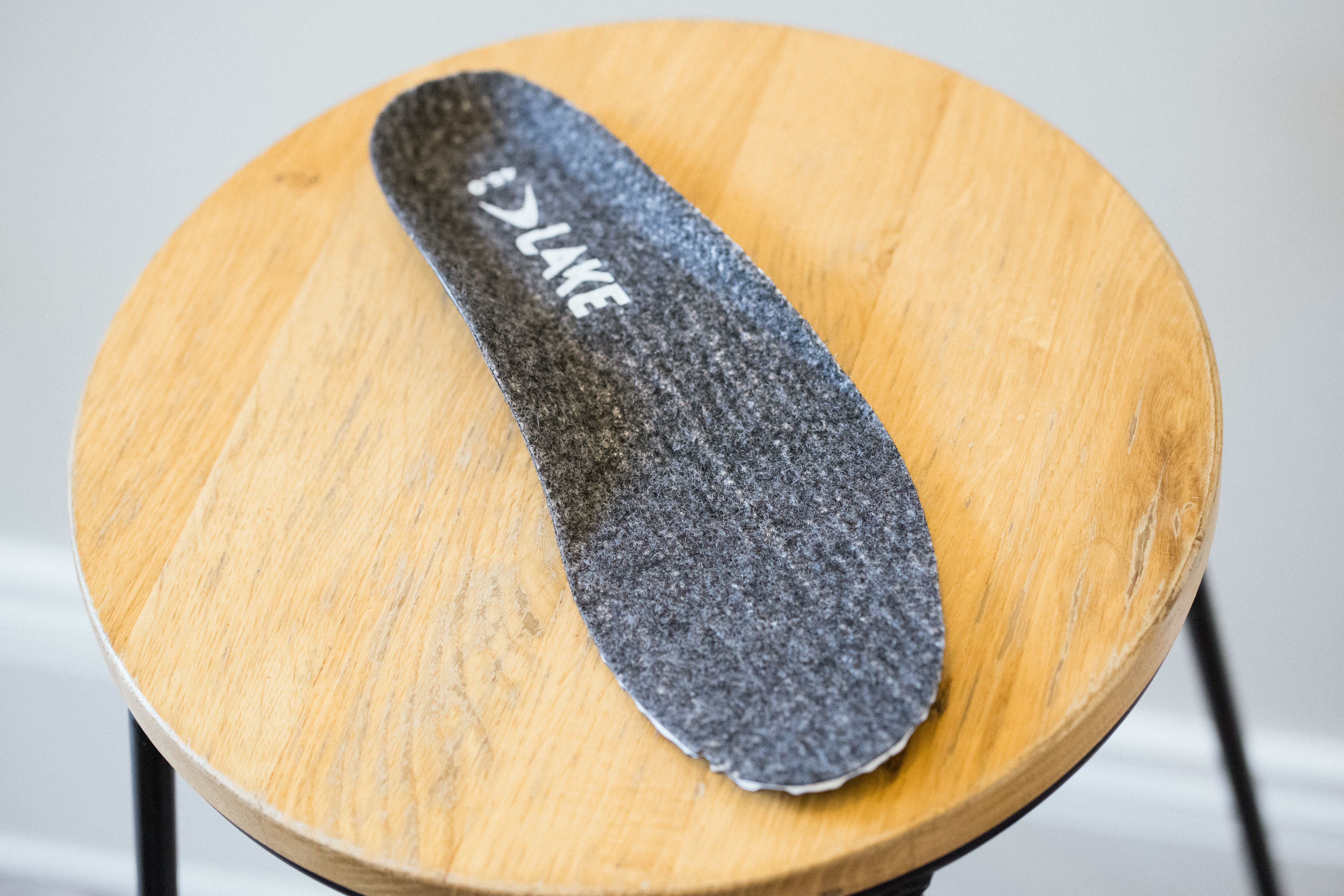
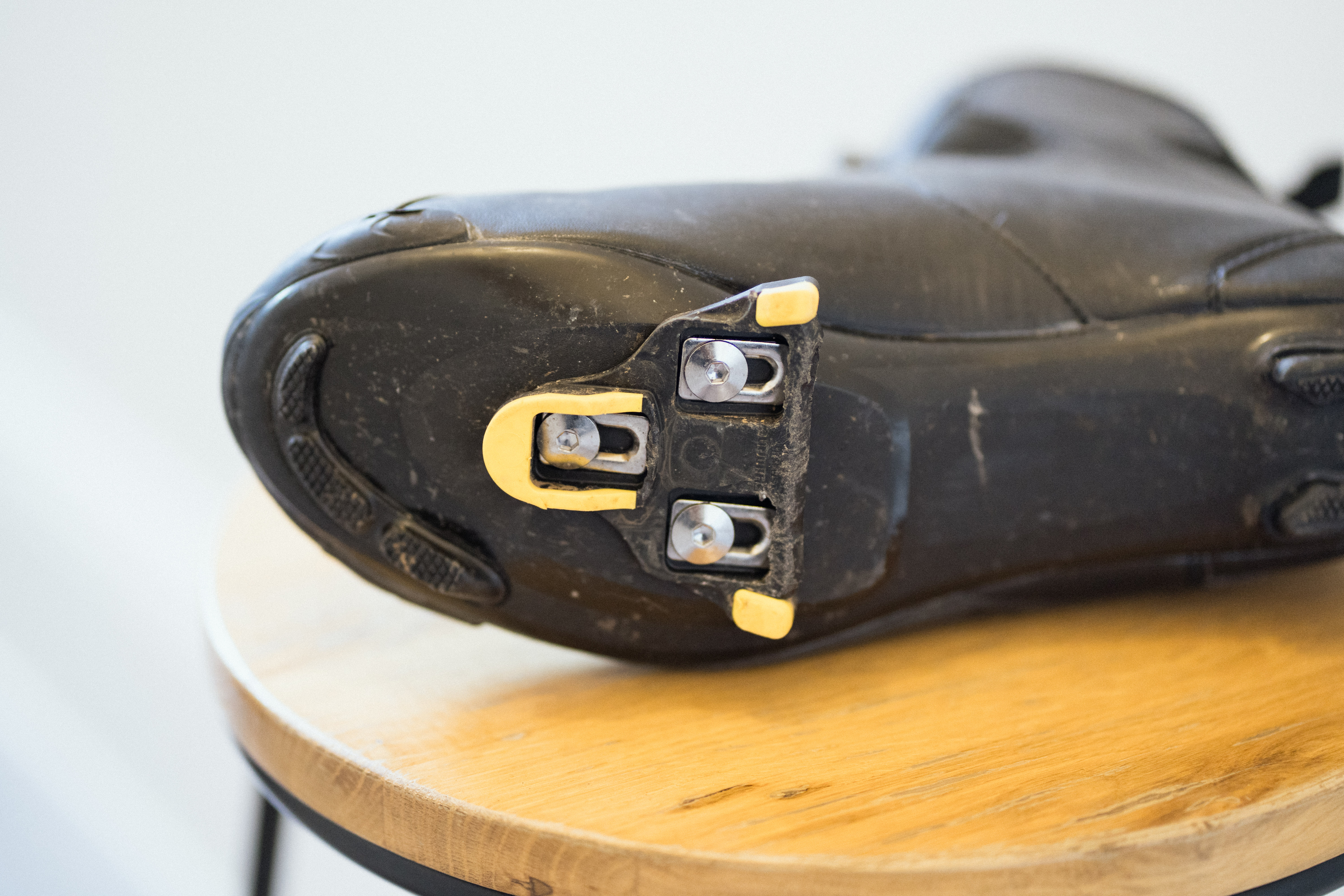
Value
A $280/£230 is a steep price tag for a pair of shoes, but that’s on a par with a pair of shoes at the high mid-range for summer use and pretty good value for a dedicated winter boot. If you ride somewhere that is consistently cold I’d suggest that spending money on keeping your feet warm is about as good an investment as you can make in your comfort. If, like me, the temperature only drops below freezing occasionally then I’d suggest you can make do with normal shoes, better socks and quality overshoes.
If you need them, especially if you are wide of foot, then I don’t think the price tag is outlandish. They will absolutely empower you to ride in more extreme conditions than you perhaps otherwise would be able to.
Verdict
A very capable pair of deep winter shoes, more than capable of staying comfortable in temperatures below freezing. If you often encounter harsh, sub-zero conditions then I can see the sense in sizing up to make room for big socks. If you encounter cold, but not freezing conditions then stick to your usual shoe size. If you are always riding in the rain, go for overshoes instead. The fit isn’t quite so secure as a dual-BOA summer shoe, but the trade off is a pretty comfortable situation to get you through the longest, darkest, coldest rides.







